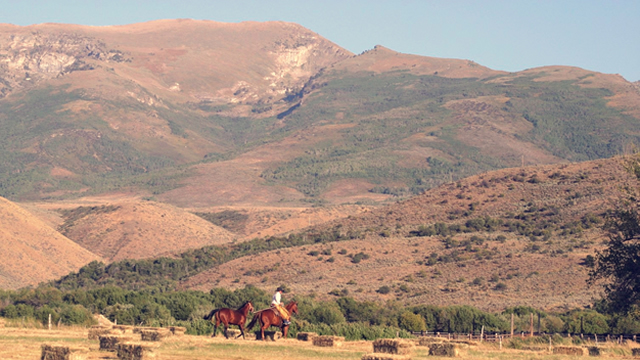Written by Martin Black
This article originally appeared in Eclectic Horseman Issue No.25
Collection is something I find that is greatly misidentified and misunderstood among many riders. Instructors may drill students, trainers may drill their horses, and many times what I see is confused and lethargic victims. Not only does the person need to understand what collection is and how to implement it but, more importantly what to feel for to know when the horse responds so the person can reward the horse.
When the horse is collected, the hind feet will reach farther underneath the horse; in other words, the fulcrum point moves forward. The rider is unable to see this and can only recognize this by feeling the change in the horse.
Sometimes people misunderstand collection for when the horse tucks his nose and rounds his neck and poll. This may be a by-product of the preparation or maintenance of collection but doesn’t have to be an ingredient necessarily. For example, a stallion can be herding a mare around loose without a rider or equipment on him and he will be anticipating or preparing to stop and turn; his nose can be out and he can still be collected. Head position doesn’t dictate whether the horse is collected. Collection is when the weight is increased on the hindquarters and decreased on the front quarters. The offspring of this is the back raising and rounding from the withers to the loin. The tailhead will lower at the same time for this to happen. What happens from the withers forward isn’t written in stone. Quite often, this is all the rider may be aware of and can be a false reading of what is actually taking place with the feet and how the horse is balancing and positioning the fulcrum point.
If the rider gets the horse to flex and round the neck, and the saddle doesn’t raise as the horse is traveling, all the horse has done is round the vertebrae from the withers forward. This is often mistaken for collection. If the rider can use their legs to drive the horse’s stride and get the horse to reach farther with the hind feet (this may mean holding the horse with the reins, to keep from speeding up), this can raise the saddle slightly. This is what is important to recognize by feeling what changes underneath the rider. What we see in front of the withers forward can be a false reading.
Generally, what we see when someone refers to a horse collected is the rounded neck, nose tucked, and the middle of the back raised. We can and must feel and reward the horse for rounding and raising his back in order for him to understand what we are asking of him. If the rider can’t feel this and respond by relieving the horse, the horse is not going to understand or respond properly. We need to let him feel better when his back raises or he will be forced to learn to accept and wear us pulling and kicking. There are all kinds of bits and gimmicks to help riders to conquer the task of collecting the horse. Some may prove more useful than others, but the rider must realize their destination for there is no way to expect the horse to know. If we are confident in where we are going and how to get there, we should be able to bring the horse along with confidence instead of fear and confusion.
This article originally appeared in Eclectic Horseman Issue No.25


